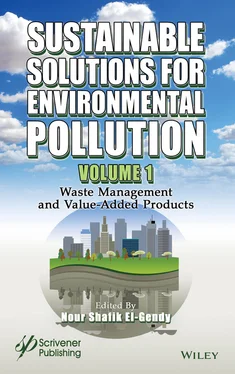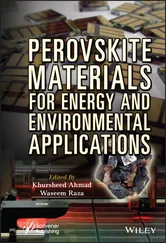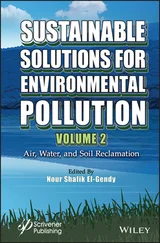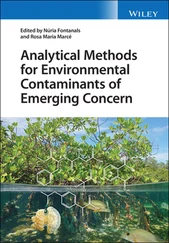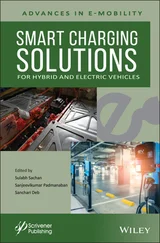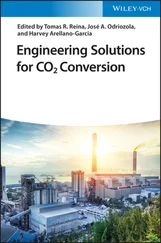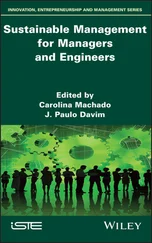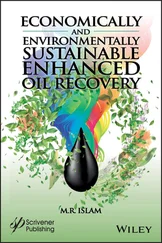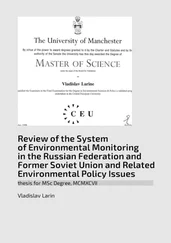Various approaches proposed by researchers for enhancing biosynthesis of 1,3-propanediol from glycerol include the customization of metabolic pathways of fermentative bacteria by genetic engineering (Yang et al ., 2018). As demonstrated by a few studies, cathodic EF appeared to be a promising method for enhancing the biosynthesis of 1,3-propanediol from glycerol (Choi et al ., 2014; Moscoviz et al ., 2018; Xafenias et al ., 2015; Zhou et al ., 2013; Zhou et al ., 2015). Notably, for 10% increase in 1,3-propanediol yield, the required energy for EF operation was <1% of the total electron equivalents of a substrate (e.g., glycerol) (Moscoviz et al ., 2018). Choi et al . (2014) studied 1,3-propanediol production via cathodic EF of glycerol (~300 mM) with pure culture Clostridium pasteurianum DSM 525 in a dual-chamber bioreactor. Their study showed that Clostridium pasteurianum could directly accept electrons from the cathode electrode. Electrochemically induced reducing power could considerably influence intracellular redox condition and accelerate the synthesis of NADH-consuming compounds like 1,3-propanediol. Notably, as compared to the control (i.e., conventional fermentation), EF could increase NADH consumption towards 1,3-propanediol synthesis by 3.5 times; other by-products were butanol and butyrate. Nonetheless, NADH generation from electricity was very minimal as compared to the NADH generated from substrate. Thus, EF could provide a shift in metabolic pathways in Clostridium pasteurianum to provide a higher 1,3-propanediol yield from glycerol.
A few studies also investigated mixed-culture EF of glycerol for improving 1,3-propanediol yield (Xafenias et al ., 2015; Zhou et al ., 2013). Xafenias et al . (2015) studied mixed-culture cathodic EF of glycerol in a dual-chamber bioreactor operated under different cathode potential ranged from −0.80 V to −1.10 V vs. SHE (Standard hydrogen electrode). Compared to the conventional fermentation, EF could increase 1,3-propanediol production rate up to 6 times. Moreover, 1,3-propanediol concentration was considerably higher in the EF fermentation (EF: 42 g/L; Control: 18 g/L), suggesting microbial consortia in EF had a higher tolerance to product inhibition. As mentioned earlier, product inhibition is a commonly identified phenomenon in fermentative 1,3-propanediol production. The authors hypothesized that the higher local pH near the cathode could provide a favorable metabolic condition for microbial consortia in the cathode biofilms by decreasing concentrations of undissociated acids. This study also demonstrated the importance of cathode potential optimization for improving EF performance. Notably, known 1,3- propanediol-producing microbes ( Clostridiaceae ) were enriched at an applied cathode potential of −1.1 V vs. SHE, while unfavorable applied potential led to the enrichment of propionate-producing microbes (e.g., Veillonellaceae ), which also corroborated with propionate accumulation. Moreover, after replacing the biocathode with an electrode lacking biofilms, glycerol consumption considerably decreased with a lower yield of 1,3- propanediol. The absence of EF stimulated the growth of Lactobacillaceae followed by the production of lactate.
A recent study by Moscoviz et al . (2018) demonstrated biocathode pre-enriched with G. sulfurreducens , a known electroactive bacterial species, could improve mixed-culture glycerol EF with considerably shortened lag time and enhanced 1,3- propanediol production by up to 10%. The authors suggested that G. sulfurreducens , pre-enriched on the cathode, could serve as a living mediator between the electrode and fermentative bacteria and promote the selection of kinetically efficient 1,3- propanediol producers. Based on these studies, EF opens up promising opportunities for increasing glycerol fermentation rates and 1,3- propanediol yields.
1.4 Challenges and Future Outlook
Still, several challenges must be addressed before further development or scaling-up of the EF system for biofuel and value-added chemical synthesis (e.g., lipids, acetoin, PHB, L-lysine). To start with, more explorations of different working conditions, such as temperature, pH, and working electrode potentials are required for the commercialization of the EF system. General mechanism and fundamental knowledge on bacterial strains and their impact on the EF performance are still lacking. For instance, Bursac et al . (2017) were not able to identify the reasons behind the positive impact on anode cell densities in their EF system due to -prophage deletion during acetoin production. Furthermore, Lai and Lan (2020) stated that an optimal energy input should be evaluated in EF, where their EF performance was reduced due to higher current input inhibiting their bacteria (e.g., Ralstonia eutropha H16). High electrical current supply can cause direct cell damage (sometimes resulting in cell death) via electroporation, production of reactive oxygen species, or generation of other toxic substances (Lai & Lan, 2020). Hence, more experimental evidence is needed for the selection of optimal energy input for the EF system. Particularly, minimal information is available on the complex interactions among electrode polarization, substrate composition, and microbial consortia.
Also, fundamental understandings, such as (1) interactions between fermentative bacteria; (2) dissolved redox couples of the medium; and (3) interactions between fermentative bacteria and the surface of the electrodes via different electron transfer mechanisms, remains as insufficient to clearly describe the effectiveness of the EF system (Lai and Lan, 2020; Moscoviz et al ., 2016; Xafenias et al ., 2017). The interactions between microbial cells and electrodes, particularly EET mechanisms for electron transfer from bacteria to electrode, have been extensively studied for various MXCs, while electron transport from the electrode to microbial cells is relatively unexplored (Gong et al ., 2020; Kracke et al ., 2018). For EF-based production of some specific value-added products ( Table 1.1), an in-depth understanding of cathodic EET mechanisms (e.g., electron uptake) should be further investigated for successful engineering cathodic EF process.
In recent years, the utilization of waste feedstocks for biofuels productions (e.g., bioethanol, biodiesel, etc.) has received significant attention worldwide. Electro-fermentation carries an excellent potential for regulating fermentation pathways and enhancing productivity and yield of target value-added products. However, except for a few studies, most of the EF studies utilized synthetic model compounds rather than real feedstocks. For instance, further research would be needed for developing a sustainable crude glycerol-based EF process. Crude glycerol from the biodiesel production process may contain a considerable amount of impurities (e.g., metals and residual alcohols) (Xafenias et al ., 2015); the biodiesel process uses excess methanol to promote product yields (Dhar and Kirtania, 2009). Therefore, the effects of those impurities on EF should be further studied for practical application. Thus, the feasibility of utilizing waste biomass has yet to be demonstrated on a lab-scale to reach a considerable state for further pilot, scale-up, and commercialization. With more future experimental evidence, the EF system can demonstrate such high potential to facilitate the field-scale productions of biofuels and chemicals with only small electrical energy input.
We gratefully acknowledge support from Natural Sciences and Engineering Research Council of Canada (NSERC) Discovery Grant for this research. Tae Hyun Chung acknowledges support from Alberta Innovates Graduate Student Scholarship and NSERC Alexander Graham Bell Canada Graduate Scholarship-Doctoral programs.
Читать дальше
